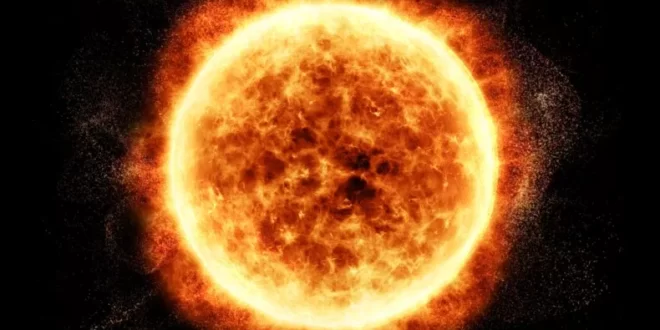A key component of what will be the world’s largest nuclear fusion experiment has been manufactured in China, marking a breakthrough in an international project that’s edging ever closer to completion.
The fusion reactor in question, known as ITER (Latin for “the way”), is under construction in France and will significantly outsize the largest experimental fusion reactors currently in operation—the Joint European Torus (JET) in the U.K. and the joint European–Japanese JT-60SA in Japan—weighing around 23,000 tonnes, while standing nearly 30 meters tall, once completed.
Scientists around the world are attempting to develop viable nuclear fusion reactors in the hopes of creating a clean and virtually limitless carbon-free power source that could prove to be the future of energy as nations try to wean themselves off fossil fuels.
To do this, researchers are trying to harness nuclear fusion—the process that takes place in the center of stars. This process involves the fusion of two lighter atomic nuclei to form a heavier ones, which releases a huge amount of energy.
The main goal of fusion reactors—which are sometimes referred to as “artificial suns”—like ITER is to demonstrate that they can produce significantly more energy than the energy supplied to initiate the reaction process, resulting in a gain in power. But to date, no designs have achieved this.
Huge experimental reactors the size of stadiums have been constructed at various sites around the world at huge expense. But producing sustained fusion power is incredibly difficult and progress in the field has been slow. Research into fusion reactors began in the 1940s.
The ITER (International Thermonuclear Experimental Reactor) project, based in Cadarache, southern France, is an unprecedented international collaboration of 35 countries including the United States, China, the 27 nations of the European Union, the United Kingdom, Switzerland, India, Japan, the Republic of Korea and Russia, which in total represent around half of the world’s population.
Europe is responsible for the largest chunk of the construction costs—around 45 percent—while the remaining nations each contribute about 9 percent. Rather than simply providing funding, countries contribute to the ITER project by delivering completed components, systems or building infrastructure, as is the case with China’s latest manufacturing milestone.
On Tuesday, Chinese state media announced that the manufacturing of a full-size prototype of a component known as an enhanced-heat-flux (EHF) first wall (FW) panel had been completed while its key indicators met design requirements.
The full-sized prototype piece of the EHF FW was developed by the Southwestern Institute of Physics, which is affiliated with the state-run China National Nuclear Corporation.
The ITER reactor is a “tokamak”—an experimental device that uses powerful magnetic fields to confine and control plasma, a superheated fundamental form of matter, and harness the energy produced by nuclear fusion reactions in a doughnut-shaped vacuum chamber.
When the experimental reactor is up and running, plasma housed inside the doughnut-shaped chamber will be super-heated to 150 million degrees Celsius—around 10 times hotter than the hottest parts of the sun. The EHF FW panels will need to be able to withstand these temperatures.
Once completed, ITER will be the world’s largest tokamak, capable of holding 10 times the plasma volume of the largest facilities in operation today.
The $22 billion project, which has been beset by delays and spiralling costs, is currently predicted to begin operation in 2025, but that start date is likely to be pushed back.

 Iran Energy News Oil, Gas, Petrochemical and Energy Field Specialized Channel
Iran Energy News Oil, Gas, Petrochemical and Energy Field Specialized Channel



